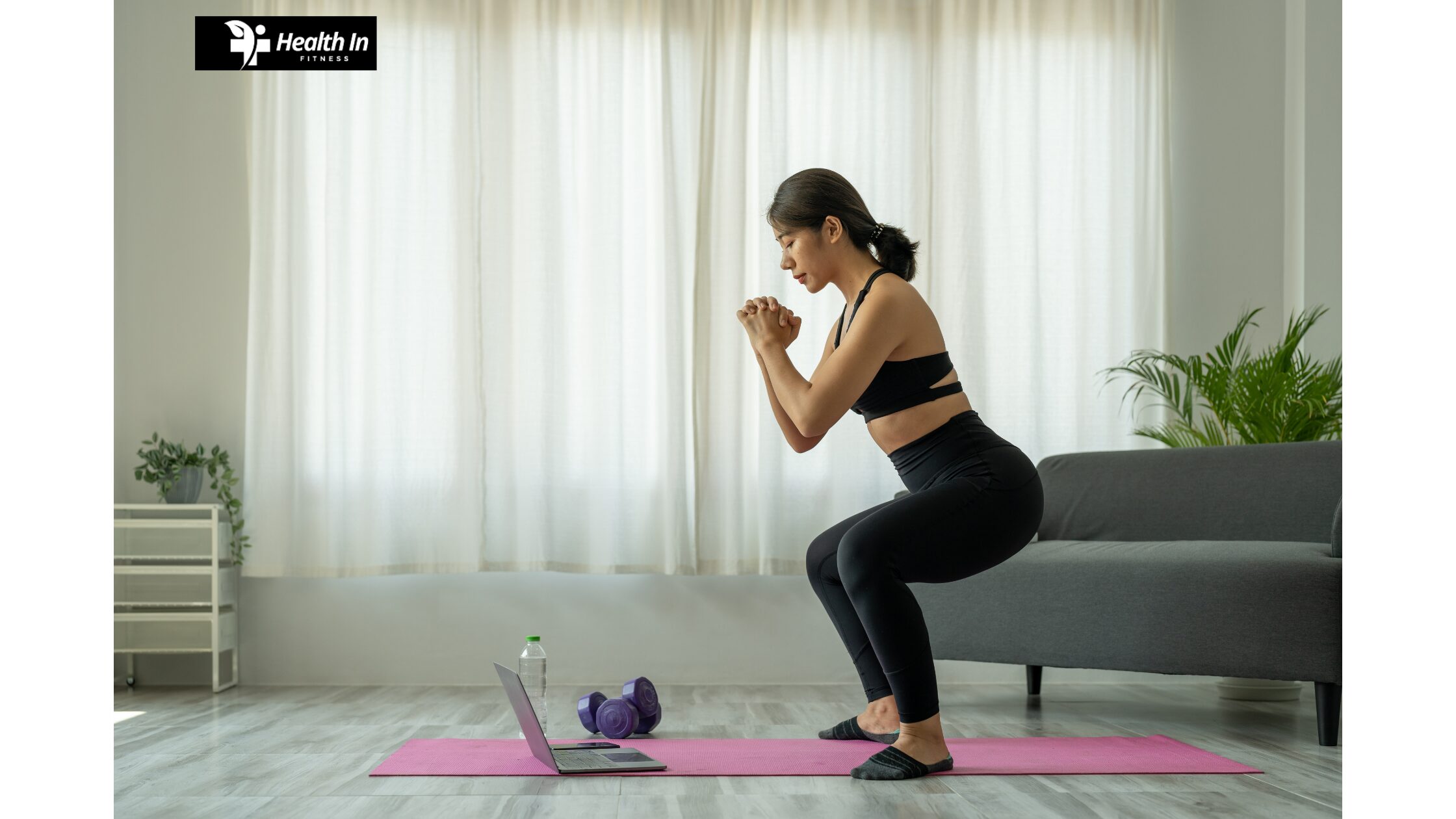Introduction
Gyms have long been a cornerstone of health and fitness, providing individuals with the tools, motivation, and community needed to achieve their wellness goals. In 2024, gyms continue to evolve, offering state-of-the-art equipment, innovative classes, and holistic approaches to fitness that cater to diverse lifestyles. Whether you’re a seasoned fitness enthusiast or someone just starting your journey, finding the right gym can transform your health and well-being.
This comprehensive guide explores everything you need to know about gyms, including their benefits, how to choose the best one, popular classes and equipment, and tips for maximizing your membership.
Why Gyms Are More Relevant Than Ever
Gyms are not just places to work out; they are hubs for personal growth, community, and wellness. Here’s why gyms remain an essential part of a healthy lifestyle in 2024:
- Access to Professional Equipment: Gyms provide a wide range of equipment designed to target every muscle group and fitness goal.
- Motivation and Accountability: The gym environment, surrounded by like-minded individuals, can inspire you to push harder and stay consistent.
- Expert Guidance: Many gyms offer personal trainers and fitness classes led by certified instructors.
- Holistic Wellness: Modern gyms often include amenities like saunas, yoga studios, and nutrition coaching, supporting overall health.
- Community Building: Gyms foster connections through group classes, events, and shared fitness goals.
Types of Gyms
Not all gyms are created equal. Depending on your goals and preferences, there’s a gym out there that fits your needs perfectly.
1. Traditional Gyms
These gyms offer a mix of cardio machines, weightlifting equipment, and general fitness amenities. Ideal for beginners and those looking for variety.
- Popular Chains: Planet Fitness, 24 Hour Fitness, LA Fitness.
- Features: Cardio machines, free weights, resistance machines, and basic group classes.
2. Boutique Fitness Studios
Boutique gyms focus on specialized classes or workout styles, such as spinning, yoga, or HIIT.
- Popular Studios: SoulCycle, Orangetheory Fitness, CorePower Yoga.
- Features: Small class sizes, personalized instruction, and unique fitness experiences.
3. CrossFit Gyms
Known as “boxes,” these gyms emphasize functional fitness through high-intensity workouts.
- Features: Olympic lifts, bodyweight exercises, and community-driven training.
- Ideal For: Those who enjoy competitive, high-intensity workouts.
4. Luxury Gyms
Luxury gyms combine fitness with premium amenities, including spas, juice bars, and private training.
- Popular Chains: Equinox, Life Time Fitness.
- Features: High-end equipment, wellness programs, and exclusive environments.
5. Home Gym Memberships
In 2024, many gyms offer hybrid models, providing online classes and virtual coaching.
- Examples: Peloton, Beachbody On Demand.
- Features: Flexibility to work out from home with professional guidance.
How to Choose the Right Gym
Selecting the right gym is essential for staying committed to your fitness goals. Here’s what to consider:
1. Location and Convenience
A gym close to your home or workplace increases the likelihood of regular visits.
2. Facilities and Equipment
Evaluate whether the gym has the equipment and amenities that align with your fitness goals, such as free weights, yoga studios, or swimming pools.
3. Classes and Training Options
If you enjoy group workouts or need professional guidance, choose a gym that offers diverse classes and personal training.
4. Membership Costs
Compare membership fees, and consider any hidden costs like initiation fees or class add-ons. Many gyms offer free trials—take advantage of these to assess the value.
5. Community and Vibe
The gym’s atmosphere and culture play a big role in your experience. Choose a gym where you feel comfortable and motivated.
Popular Gym Workouts and Classes
Modern gyms cater to a variety of fitness preferences with these popular options:
- Strength Training: Use of free weights, machines, and resistance bands to build muscle and improve overall strength.
- Cardio Classes: High-energy workouts like spinning, Zumba, or aerobics to boost heart health.
- Yoga and Pilates: Low-impact classes focused on flexibility, balance, and core strength.
- High-Intensity Interval Training (HIIT): Short bursts of intense activity followed by rest periods for maximum calorie burn.
- Functional Fitness: Movements designed to improve everyday strength and mobility, often included in CrossFit programs.
Tips for Maximizing Your Gym Membership
To get the most out of your gym membership, follow these tips:
1. Set Clear Goals
Define what you want to achieve—whether it’s weight loss, muscle gain, or improved endurance—and tailor your workouts accordingly.
2. Create a Schedule
Consistency is key. Plan your workouts around your daily routine to build a sustainable habit.
3. Leverage Professional Support
Work with personal trainers or attend classes to learn proper form and discover effective workouts.
4. Stay Accountable
Track your progress with apps or a fitness journal, and consider partnering with a workout buddy for added motivation.
5. Embrace Variety
Avoid workout plateaus by mixing up your routine with different exercises and classes.
The Future of Gyms
As fitness technology advances, gyms are integrating more tech-driven solutions to enhance the member experience. Wearable fitness trackers, smart equipment, and virtual reality (VR) workouts are becoming standard features in modern gyms. Additionally, the hybrid gym model—combining in-person and online services—continues to grow, providing flexibility for members to work out anytime, anywhere.
Gyms are also focusing more on mental wellness, offering mindfulness classes, meditation sessions, and stress-reduction programs to support overall well-being.
The Impact of Gyms on Physical and Mental Well-Being
Gyms are not just about building muscle or losing weight; they have a profound impact on both physical and mental health. In today’s fast-paced world, where stress and sedentary lifestyles are common, gyms serve as a sanctuary for those seeking balance, strength, and a sense of community. This section explores the multifaceted benefits of gyms and how they contribute to overall wellness.
Physical Benefits of Gyms
First and foremost, offer the tools and environment necessary to achieve physical fitness. Whether you’re lifting weights, running on a treadmill, or stretching in a yoga class, Fitness Centers provide structured and effective ways to stay active. Regular exercise improves cardiovascular health, boosts metabolism, and enhances muscle tone. Additionally, strength training increases bone density, which is crucial for preventing conditions like osteoporosis.
Gyms also cater to specific fitness goals, from endurance and flexibility to weight management. For instance, high-intensity interval training (HIIT) is excellent for burning calories quickly, while Pilates classes focus on core strength and balance. By offering such variety, they empower individuals to create personalized fitness routines that cater to their unique needs and preferences.
Mental Health Benefits
Beyond physical health, gyms play a significant role in mental well-being. Exercise triggers the release of endorphins, often referred to as “feel-good” hormones, which help reduce stress, anxiety, and depression. Many gym-goers report feeling more focused and energized after their workouts, making gyms an essential tool for managing the pressures of daily life.
Furthermore, gyms provide a sense of routine and accomplishment. Setting fitness goals and achieving them fosters self-confidence and discipline, which can translate into other areas of life. Additionally, participating in group classes or community events at the gym creates opportunities for social interaction, reducing feelings of isolation.
Gyms as a Social Hub
Gyms are increasingly becoming social spaces where people connect over shared interests and goals. Group classes, such as spinning, Zumba, or CrossFit, foster camaraderie among participants, creating a sense of belonging. Many gyms host fitness challenges, workshops, or wellness events that encourage members to interact and support each other.
For those new to fitness, the social environment of a gym can be particularly motivating. Seeing others work toward their goals serves as inspiration and accountability, pushing individuals to stay committed to their own routines. This sense of community often keeps members engaged and motivated over the long term.
Gyms and Lifestyle Integration
Modern gyms are evolving to integrate seamlessly into busy lifestyles. With 24/7 access, hybrid memberships (offering both in-person and virtual workouts), and on-site amenities like childcare or juice bars, gyms are removing barriers to regular exercise. This convenience ensures that fitness can be a consistent part of life, even for those with demanding schedules.
Moreover, they are incorporating holistic wellness offerings, such as mindfulness sessions, nutritional counseling, and recovery-focused classes. These additions reflect a growing understanding that true fitness encompasses more than just physical activity—it includes mental, emotional, and nutritional health as well.
Looking Ahead
As we look to the future, they are poised to play an even greater role in promoting wellness. Advances in technology, such as AI-powered personal training and wearable fitness devices, are enhancing the gym experience. Additionally, the focus on sustainability and inclusivity ensures that gymnasium will continue to meet the diverse needs of their members.
Conclusion
Gyms remain a cornerstone of health and fitness, offering individuals the tools, motivation, and community needed to achieve their goals. With so many options available, there’s a gym to suit every lifestyle, fitness level, and preference. By understanding your needs, exploring different types of gyms, and leveraging their resources, you can take the first step toward a healthier, happier you in 2024.

